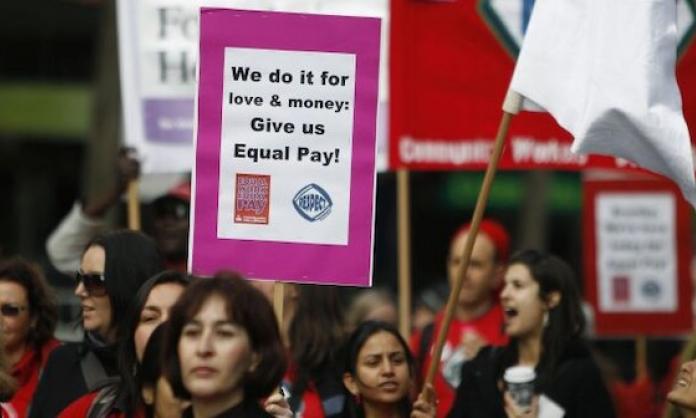The campaign by NSW railway workers has come to a disappointing end, management winning a slim majority for a new enterprise agreement. The deal falls well short of the demands of railway workers.
After the Fair Work Commission banned a planned rail workers’ strike, Sydney Trains and NSW Trains took the opportunity to press their advantage. Following the commission’s ruling, management broke off negotiations with the Rail, Tram and Bus Union and put a vote straight to employees.
The new agreement offers a 3 percent wage increase per year for the life of the agreement, a maximum of 64 weeks’ severance pay for redundancies, the addition of seven days’ domestic violence leave and a $1000 sign-on bonus.
Under the deal, NSW railway workers will continue to be paid significantly less than railway workers in Queensland and Victoria. But while the NSW government and Sydney Trains management announced the result of the vote with a collective sigh of relief, their victory is not total.
Transport minister Andrew Constance and Sydney Trains declared at the beginning of the campaign that they would impose the NSW public service wages cap of 2.5 percent. They have failed in that aim. While the final pay offer of 3 percent is well below what railway workers could have won, the very public nature of the campaign has shown the rest of the public sector that the wages cap can be broken.
The vote in favour of the new agreement was carried by a very small margin. Out of 9,700 Sydney Trains employees, only 52.8 percent voted for the agreement, with 6,500 ballots returned. At NSW Trains, the vote for the agreement was carried with just 50.8 percent voting yes and 1,300 of the 2,000 ballots returned.
The significant “no” vote – without the union calling for a vote against the deal – is an indication of the willingness of railway workers to push on for a better deal. Without a clear path forward, many rail workers were demoralised, and voting to accept a smaller increase seemed, to some, a more practical option. With the looming prospect of privatisation, there were also some who fear redundancies in the near future.
In spite of this, the size of the “no” vote shows that a determined lead could have easily swung the result to a majority against the deal and to continue the fight.
Calling off the planned strike after the Fair Work Commission ruling was a missed opportunity for railway workers. The winding up of the campaign shows that no amount of clever negotiating tactics can substitute for the power that workers have when they shut down industry.
Railway workers responded with enthusiasm to the call to strike, and their campaign had overwhelming public support. Had the strike gone ahead in spite of the legal ruling, the outcome of this dispute could have been dramatically different. RTBU members have learnt the hard way that unjust laws need to be broken to be changed.










